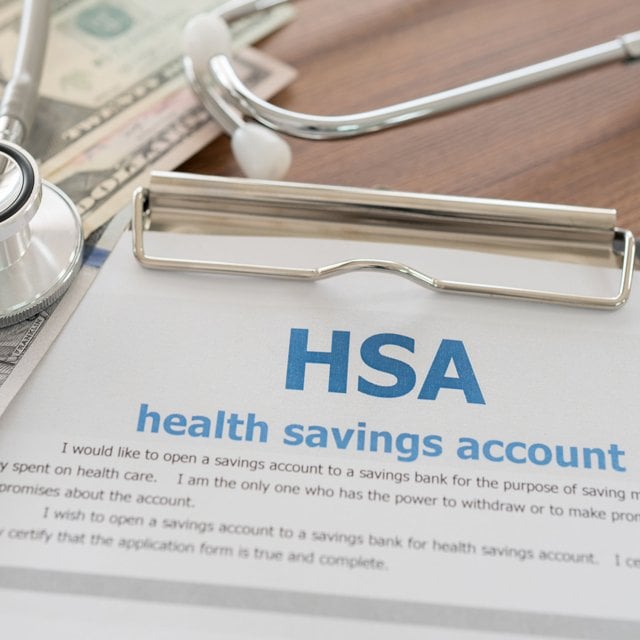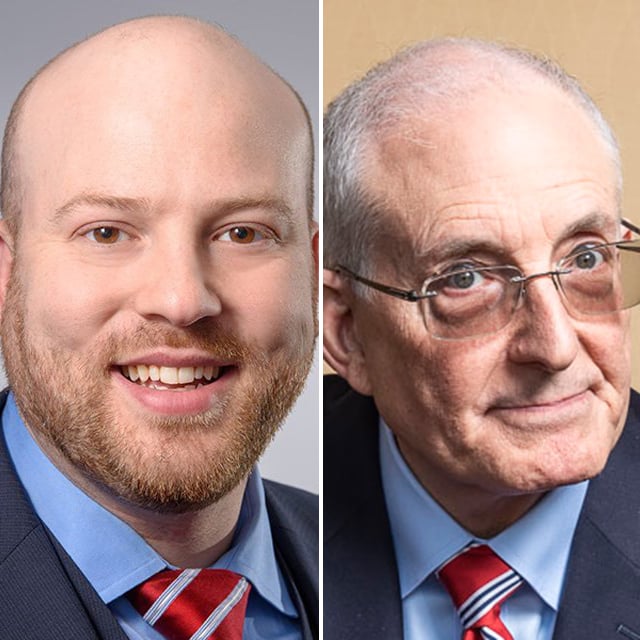10 Best & Worst HSAs for Investing: 2022
Related: Best & Worst HSAs for Investing: 2021
Morningstar's latest annual landscape study on health savings accounts, released this week, evaluated 10 prominent HSA providers' offerings as both investment accounts to save for future medical expenses and spending accounts to cover current medical costs. New this year, investors added a best practices component for individual participants to fully avail themselves of HSA investment features and flexible spending policies. "HSAs are valuable tools for investors when used properly, but the industry is still young and maturing," Tom Nations, Morningstar's associate director of manager research, said in a statement. "Despite Morningstar's advocacy, there is considerable variance in the quality of HSAs available to individuals, as some providers still have high costs and confusing features," he continued. "As the space continues to grow, we're looking to see more widespread improvement, namely among account investment menus, fees and fund quality."
Optimizing HSA Investments
The study found that only 9% of HSA accounts reviewed have investment assets, signifying that HSA users are not taking full advantage of the accounts' investment features or triple tax benefit. Morningstar noted that when they are used optimally, HSAs have more tax benefits than 401(k)s, 529 education-savings plans, and traditional and Roth IRAs. The study also found that HSA providers generally have improved their offerings since Morningstar's first report in 2017. Still, fee schedules remain high and vary across providers; most require individuals to meet spending account minimums before they can invest; and fund lineups still offer redundant and complicated options that can be hard to use. As interest rates have risen in the past year, interest paid to HSA holders has become increasingly important to analyst evaluations. The study said the best providers pay interest rates that increase with market shifts. So far, only Fidelity offers higher interest rates than the average national savings account rate of 0.17%.
Assessment Criteria
In evaluating the 10 providers' offerings as investment accounts, Morningstar gave the following weights to these criteria:
- Price: Total cost for the investor, including maintenance, investment and underlying fund fees, 40% weight
- Quality of investments: Forward-looking assessment of how funds in the investment menu will perform, 20% weight
- Investment threshold: Amount of money investor must keep in spending account prior to putting dollars toward investments, 20% weight
- Menu design: Asset classes available to investors through the investment menu, 20% weight
- High: ≥ 4.5
- Above average: 3.5 to < 4.5
- Average: 2.5 to < 3.5
- Below average: 1.5 to < 2.5
- Low: < 1.5
- Offer investment strategies in all core asset classes while limiting overlap
- Provide strong investment strategies that earn Morningstar Medals
- Charge low fees for active and passive strategies
- Do not require investors to keep money in spending accounts before investing
© Touchpoint Markets, All Rights Reserved. Request academic re-use from www.copyright.com. All other uses, submit a request to [email protected]. For more inforrmation visit Asset & Logo Licensing.
Featured Resources
View All
Sponsored by Axos Advisor Services
Integrated Banking Solutions: How To Enhance Client Services and Grow Your Business

Sponsored by Optifino
Three Macro Trends Impacting Long-Term Care: Trends, Solutions & Client Conversations

Sponsored by Vanilla
The Missing Piece: Why Advisors Who Skip Estate Planning are Failing Their Clients







